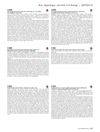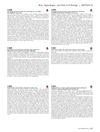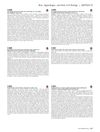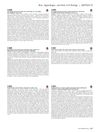Disturbed Sebum and Microbiome Composition in Sensitive Scalp
April 2018
in “
Journal of Investigative Dermatology
”
sensitive scalp non-sensitive scalp sebum production free fatty acids cholesteryl ester squalene Propionibacterium bacterial diversity skin lipid profiles 16S sequencing ultra-performance liquid chromatography-tandem mass spectrometry gas chromatography mass spectrometry pH level redness porphyrins sebum fatty acids cholesterol ester skin lipids UPLC-MS/MS GC-MS pH
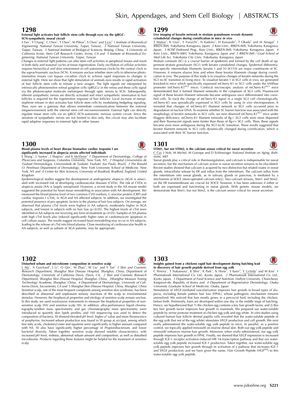
TLDR Sensitive scalp has higher pH, more redness, abnormal sebum, and altered bacterial makeup.
The document reports on a study that investigated the biophysical properties and etiology of sensitive scalp, which is characterized by abnormal and unpleasant sensory reactions to environmental stimuli. The study utilized noninvasive instruments to measure the properties of non-sensitive scalp (NS) and sensitive scalp (SS), as well as ultra-performance liquid chromatography-tandem mass spectrometry and gas chromatography mass spectrometry to quantify skin lipid profiles. Additionally, 16S sequencing was used to analyze the bacterial composition. The findings revealed that SS had an elevated pH level, higher redness (a* value), more fluorescence of porphyrins, and increased sebum production, particularly in free fatty acids, cholesteryl ester, and squalene, compared to NS. The SS group also had a significantly higher percentage of Propionibacterium and lower bacterial diversity. The study concluded that sensitive scalp is characterized by increased pH level, redness, abnormal sebum amount and composition, as well as a disturbed microbiome, suggesting that products targeting these features might be beneficial for treating sensitive scalp.

